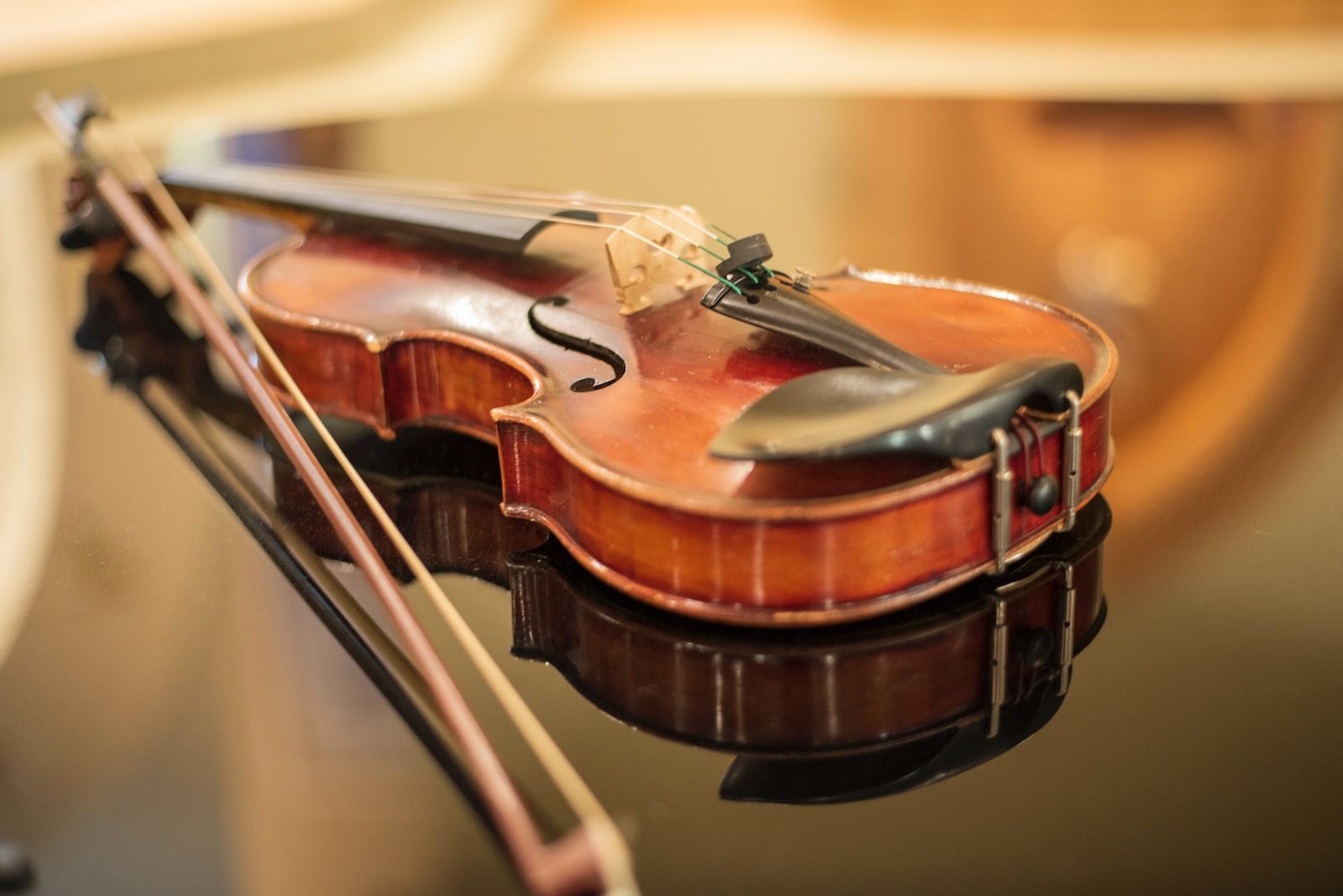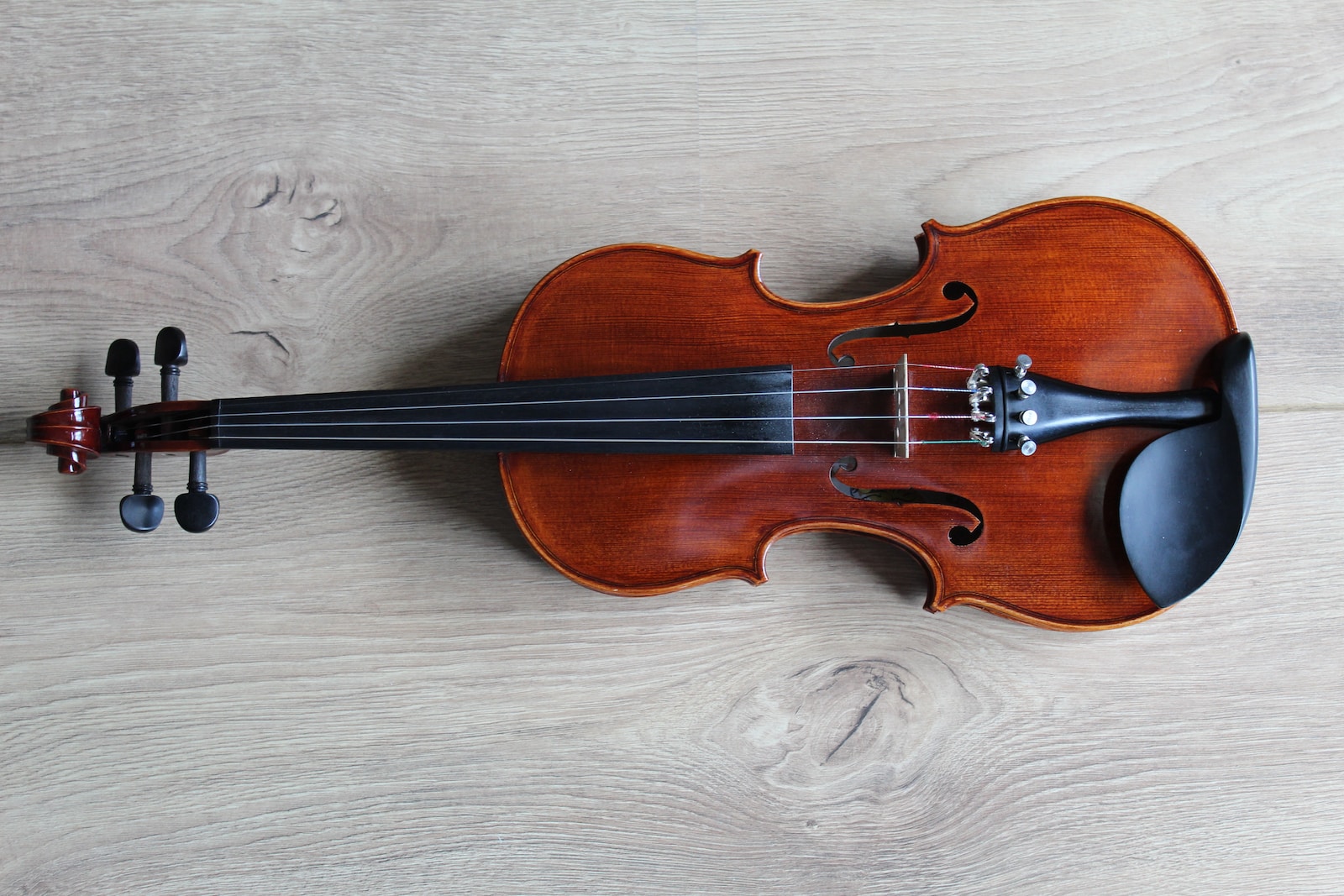The violin is a bowed string instrument that is the smallest and highest-pitched member of the string family. It is often considered the “queen of instruments” because of its versatility, expressive capabilities, and the wide range of sounds it can produce.
The violin consists of several key components, each of which contributes to its unique sound and design. Here is an overview of the main components of a violin:
- Body: The body of the violin is made up of two parts, the top (or belly) and the back. The top is usually made of spruce, while the back can be made of maple, mahogany, or other hardwoods. The body is hollow to allow the sound to resonate and is shaped like a curved hourglass.
- Neck: The neck of the violin is attached to the body and extends upwards towards the headstock. It is usually made of maple or other hardwoods and is fitted with a fingerboard made of ebony or other hard woods. The neck holds the strings, and the fingerboard is where the musician places their fingers to change the pitch of the notes.
- Strings: The violin has four strings that are made of metal or synthetic materials. They are tuned in fifths (G, D, A, E), with the thickest string (G) at the bottom and the thinnest string (E) at the top. The strings are stretched over the bridge and are held in place by the tailpiece.
- Bridge: The bridge is a thin piece of wood that is placed between the strings and the body of the violin. It is curved to allow the strings to vibrate freely and is held in place by the tension of the strings.
- Soundpost: The soundpost is a small, cylindrical piece of wood that is placed inside the body of the violin, underneath the treble side of the bridge. It helps to transfer the vibrations from the strings to the body of the violin, which amplifies the sound.
- Bow: The bow is a long, slender stick made of wood, carbon fiber, or other materials. It is strung with horsehair and is used to play the strings of the violin. The bow is coated with rosin, a sticky substance that helps the bow grip the strings and produce a sound.
The violin is a complex instrument that requires skill and technique to play. Its unique design and components work together to produce a wide range of sounds, from soft and delicate to loud and powerful. Its expressive capabilities and versatility make it an essential part of many different styles of music, from classical to folk and everything in between.












































































































